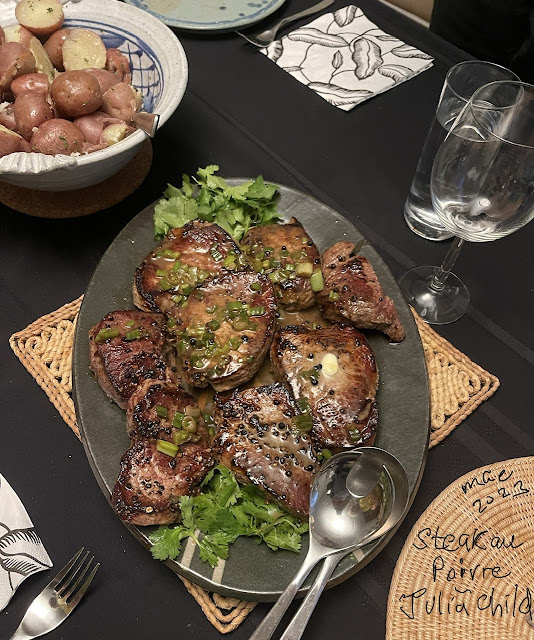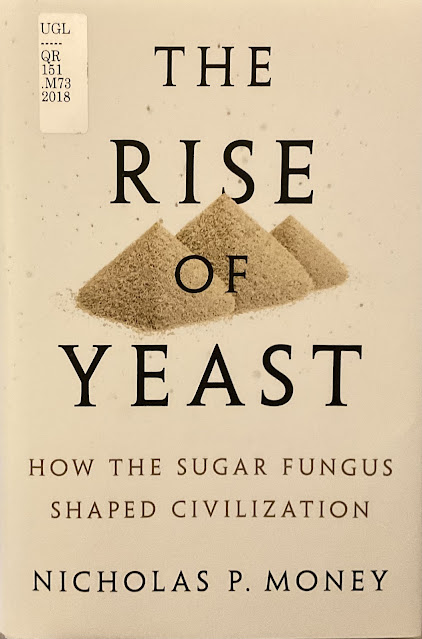It’s Dry January. The first Dry January was in 2012. This month-long event started small and now it’s big. Popular culture embraces an extreme solution for everyone, whether they have a problem with alcohol or not. Recent news articles promoting paranoia about the most moderate of drinking strike me as evidence of a continuing streak of puritanism that plagues American society. Sure, it doesn’t hurt anyone to give up alcohol, but it hurts society to refuse to acknowledge its benefits as well as its risks. It might be worthwhile to create a responsible, not hysterical, assessment of how they stack up. Prohibition a century ago didn’t accomplish its goals and contributed to the growth of organized crime, alcoholism, and other undesirable results.
As a society, we aren’t viewing this issue rationally. Here’s a book that tries to put alcohol in historic and evolutionary perspective, and look for the benefits of alcohol use as well as the negative effects.
This is a very complex and detailed book, and I can't begin to describe all of the arguments that author Edward Slingerland gives in support of the hypothesis that alcohol and other stimulants contributed to the development of civilization, of social cohesion, and of technological progress in human history. For these accomplishments, both now and historically, he says, humans need what he calls "the Three Cs: we are required to be creative, cultural, and communal." (p. 77).
Drinking alcoholic beverages, he says, has contributed to all three of these requirements. I can't try to reproduce his discussion: I strongly suggest that you read the book to see this fascinating exploration of history, evolution, and adaptation.
Both good and bad results come from drinking alcohol; Slingerland summarizes the risks:
"An alcoholic beverage typically provides calories but little nutritional value, and is made from otherwise valuable, and historically scarce, grains or fruit. Its consumption impairs cognition and motor skills, damages the liver, kills off brain cells, and fuels ill-advised dancing, flirting, fighting, and even more louche behaviors. In small doses, it can make us happy and more sociable. But increased consumption quickly leads to slurred speech, violent arguments, maudlin expressions of love, inappropriate touching, or even karaoke." (p. 11).
But he also states the following:
"This book argues that, far from being an evolutionary mistake, chemical intoxication helps solve a number of distinctively human challenges: enhancing creativity, alleviating stress, building trust, and pulling off the miracle of getting fiercely tribal primates [humans] to cooperate with strangers. The desire to get drunk, along with the individual and social benefits provided by drunkenness, played a crucial role in sparking the rise of the first large-scale societies. We could not have civilization without intoxication." (p. 17).
Alcohol use, the author shows, predates much of human evolution. He describes how even primates and certain other animals intentionally consume over-ripe fruit that has begun to turn alcoholic, and offers evidence that early humans brewed alcoholic beverages from pre-agricultural plant matter. In fact, he ascribes one of the motives for domesticating grain in prehistory to producing something to ferment into beer! (This is known as the beer-before-bread hypothesis.)
In ancient China, in ancient Turkey, in ancient Greece, and many other prehistoric sites, there is evidence that alcohol was part of life:
"Jars containing our earliest documented alcoholic beverage—a 'Neolithic grog,' made of honey mead, rice beer, and fruit wine—from the Jiahu tomb (7000 to 6000 BCE) in the Yellow River Valley, were 'carefully placed near the mouths of the deceased, perhaps for easier drinking in the hereafter,' and the contents were no doubt also imbibed by those performing and attending the funeral." (p. 156).
 |
| Potsherd from Göbekli Tepe, Turkey (p. 156) |
"Indirect evidence of the ancient connection between chemical intoxication, ritual, and ecstasy is found in a remarkable potsherd, dating back to the early Neolithic (ninth millennium BCE), and found at a site in what is now modern-day Turkey not far from Göbekli Tepe. It shows two joyful individuals being accompanied in dance by a turtle, the presence of a dancing animal being interpreted by scholars as a sign of 'altered states of consciousness.'” (p. 156).
Slingerland argues that collective benefits to society, to creativity, and to individual satisfaction for moderate and controlled drinking, especially drinking of low-alcohol beverages like wine and beer (but not distilled spirits) outweigh the purported benefits of total abstinence:
"All things considered—liver damage, calories, and all—a spot of social drinking is good for you, and this has nothing to do with any French paradox or narrow health benefit. Moderate, social drinking brings people together, keeps them connected to their communities, and lubricates the exchange of information and building of networks. We social apes would find it very challenging to do without it, both individually and communally." (p. 206).
Here is an example of Slingerland's approach to studies that conclude that drinking is unequivocally bad for everyone and bad for society:
"Demonized from the early modern era well into the twentieth century as the “poisonous tap-root” of all evil, alcohol won back some utilitarian respectability with research suggesting that moderate alcohol consumption—on the order of one to two drinks a day—might reduce risks of heart disease, diabetes, or strokes. As we have noted, though, practicing physicians have never been terribly impressed by this body of research, and have resisted actively recommending light drinking in the same way they do, for instance, regular exercise. The health-based defense of alcohol finally suffered a massive body blow from the 2018 Lancet article that has haunted our discussion, a terrible document that concluded definitively that the only safe level of alcohol consumption was zero. As mentioned above, responses to the Lancet study ranged from a predictable 'I told you so' from the teetotaler crowd to those wanting to challenge the methodology and salvage some health benefits for alcohol. An alternative tack is the one taken in this chapter: uncovering or drawing attention to the various ways in which alcohol continues to serve important individual and social functions, the value of which must be weighed against the more obvious health risks." (pp. 227-228).
Drunk is a readable book because it's so full of highly specific examples; however, this makes it hard to review and summarize. In addition to alcohol, the author adds observations about other similar intoxicants. Consider this, for example:
"The anthropologist Dwight Heath, a pioneer of the study of the social function of alcohol, notes that it has always played a crucial bonding function in situations where otherwise isolated individuals are required to get along—sailors in port, loggers just having come out of the woods, cowboys gathering at a saloon. ... Other chemical intoxicants have also been used to create the particularly intense form of social bonding required for warriors. An early Spanish missionary to the New World noted that some indigenous groups used peyote before heading out to war. 'It spurs them to fight with no thought of fear, thirst, or hunger,' he reported. 'And they say that it protects them from all danger.' The battle rage of the legendary 'beserkers' of Norse legend was likely driven by psychedelics, and the feared assassins of ancient Persia derived their name (Persian hashashiyan, Arabic hashīshiyyīn) from the intoxicant from which they drew their fighting spirit, hashish." (p. 145-147)
I found many interesting and significant insights into the uses and abuses of alcohol in this very penetrating study of a subject that in some ways is almost taboo! A major conclusion:
"We cannot properly grasp the dynamics of human social life unless we understand the role that intoxicants have played in making civilization possible." (p. 303).
 |
Somehow, the book didn’t mention the iconic function of
alcohol in the famous St.Bernard snow rescues. |
Review © 2023 mae sander.





















































